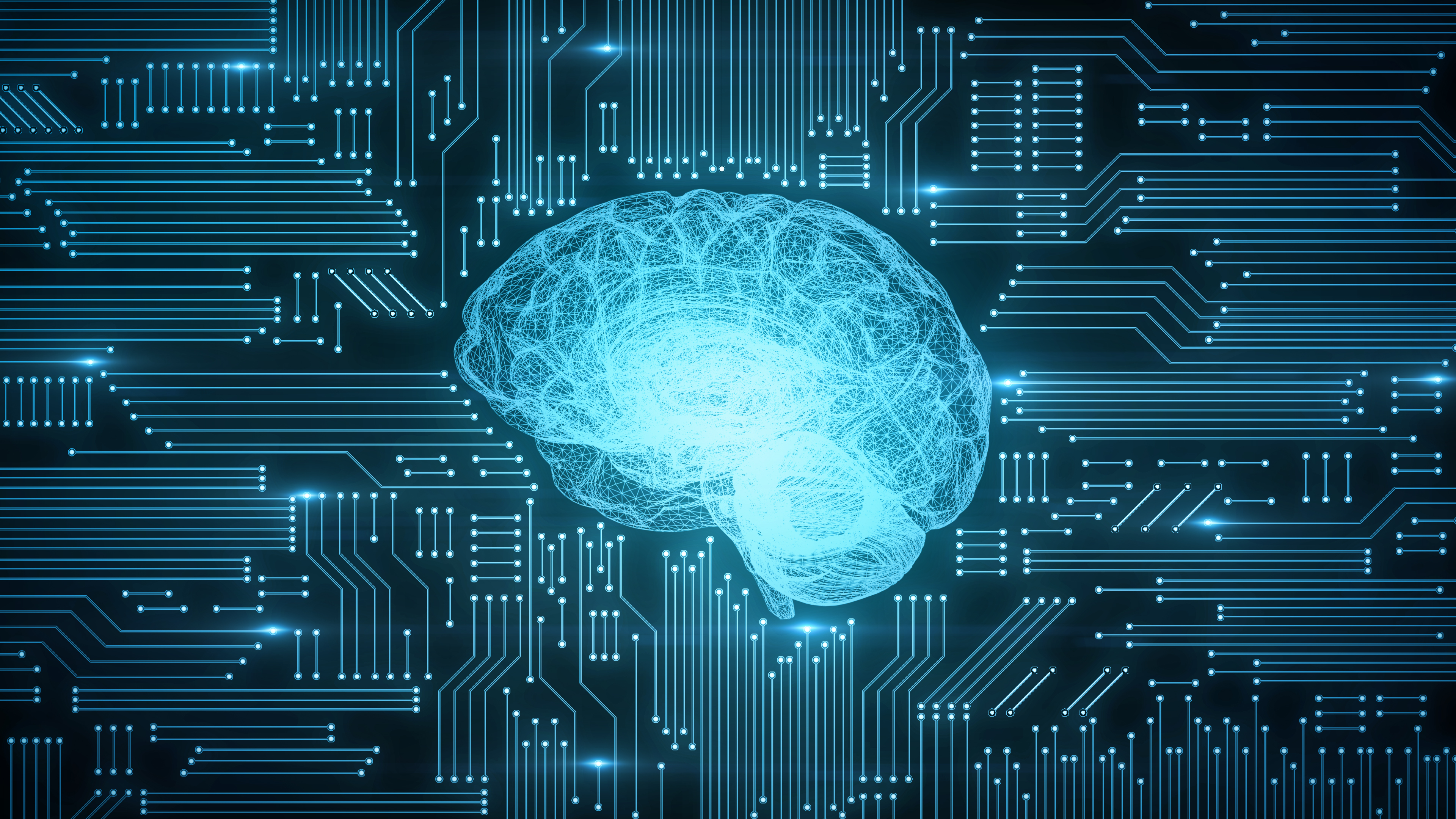
Epileptic seizures can be both frightening and dangerous, and what adds to both conditions is the fact that the seizures tend to come out of nowhere.
AI may have answer for that. According to reports, two researchers at the University of Louisiana at Lafayette have developed an AI-driven model that can predict the occurrence of seizures up to one hour before onset with 99.6 percent accuracy.
“Due to unexpected seizure times, epilepsy has a strong psychological and social effect on patients,” Hisham Daoud, one of the researchers who co-developed the new model, recently explained.
Pointing out that seizures are controllable with medication in up to 70 percent of patients, Daoud pointed to how much patients’ lives could be improved if oncoming seizures could be detected ahead of time, thus allowing patients time to prepare.
According to an article at IEEE Spectrum, the publication for the IEEE, the world’s largest professional organization devoted to engineering and the applied sciences, while other researchers have developed ways to analyze brain activity using electroencephalogram (EEG) tests and have used the data to develop predictive models, “each person exhibits unique brain patterns, which makes it hard to accurately predict seizures. Previous models were designed to do this in a two-stage process, where the brain patterns must be extracted manually and then a classification system is applied.”
In the approach developed by Daoud and his colleague Magdy Bayoumi, “the features extraction and classification processes are combined into a single automated system, which enables earlier and more accurate seizure prediction.”
The two researchers also “incorporated another classification approach whereby a deep learning algorithm extracts and analyzes the spatial-temporal features of the patient’s brain activity from different electrode locations, boosting the accuracy of their model.”
And finally, EEG readings can involve multiple “channels” of electrical activity, so Daoud and Bayoumi applied an additional algorithm to identify the most appropriate predictive channels of electrical activity; this also speeds up the prediction process.
The researchers developed and tested their approach using long-term EEG data from 22 patients at the Boston Children’s Hospital, and “not only is their model very accurate, at 99.6 percent, but it also has a low tendency for false positives, at 0.004 false alarms per hour.”


